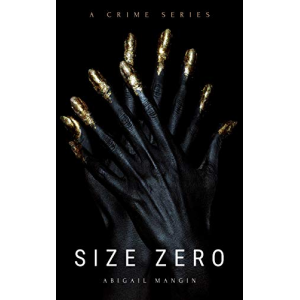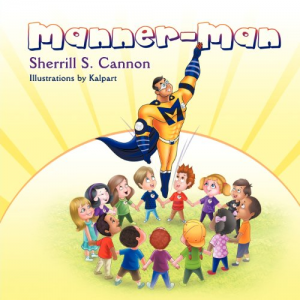- Author
- Book
- Story behind the book
- Media Links
- Reviews

Charles Silver Crow
About
Part Native American and part Scandinavian/Celtic mix, the world of the white man knows him as Charlie. His Native American name is Sanyasuk Andekshkwe in the Algonquin language of his ancestors (Potawatomi)... or Silver Crow, as his family and friends know him. Writer, artist and mystic, he has devoted the latter half of his life to a quest for spiritual truth. Now, having attained the age of Elder by the standards of the tribe, he shares his unique, gentle wisdom with all who seek him out.

A Shadow in Yucatan
Description
<p>A mythical jewel of a story… A true story told on a beach in Yucatan, A Shadow tells Stephanie's story but it was also the story of the golden time. Its nostalgia sings like cicadas in the heat.</p><p>An American ‘Under Milkwood’, this distilled novel of the Sixties evokes the sounds, music and optimism on the free-wheelin streets and parks of Coconut Grove. You can hear Bob Dylan still strumming acoustic; smoke a joint with Fred Neil; and Everybody’s Talkin is carried on the wind.</p><p>Stephanie, a young hairdresser living in lodgings finds herself pregnant. Refused help from her hard Catholic mother in New York, unable to abort her baby, she accepts the kindness of Miriam, her Jewish landlady, whose own barren life spills into compassionate assistance for the daughter she never had.</p><p>The poignancy of its ending, its generosity and acceptance, echoes the bitter disappointment of those of us who hoped for so much more, but who remember its joy, and its promise, as though untarnished by time.</p>
Story Behind The Book
My intention in writing the book was to incorporate my Native American heritage and interest in metaphysics into a theme that had the impact of the Celestine Prophecy and the global intrigue of the DaVinci Code, adding A Course in Miracles in the spin... In many ways I believe that all the characters exist, perhaps in some undiscovered parallel universe. As the storyline started to unfold I observed that my attention would be drawn to something that randomly occurred around me or in the news... and it was the exact bit of information/event/discovery that was needed for the next part of the plot, so a lot of the situations in the book are real events or things... both past and present. I was raised by my grandparents and my grandfather was a full blood Potawatomi who shared his spiritual and tribal heritage with me in an ongoing silent dialogue that remains central to my character today, 50 years and more later. A large part of the book is biographical and, on some occasions, somewhat intimate as to the revelation of what makes a "halfbreed" in the 21st Century tick. Ultimately, The Story is a vision of hope and what might be the salvation of the human experience on planet earth.
Media Links
Reviews
<p class="MsoNormal"><span style="color:#111111;font-size:13px;">“The Story: A Song by Silvercrow” is a mind-altering romp through the parallel worlds of Native American culture and the ancient Near East. Mystery, mysticism, travelogue, cookbook, quest, comedy, no one who enters this kaleidescopic kingdom will emerge the same.</span></p> <p></p> <p class="MsoNormal"><em><span style="color:#111111;">T. Kazanjian</span></em></p> <p></p> <p style="font-family:'Times New Roman';" class="MsoNormal"><span style="color:#111111;font-size:14px;">Just finished reading the Story: A Song of Silver Crow...What a great read! John Le Carre has nothing onSilver Crow! After I started, could not let it go until I finished it. I look forward to further adventures of Charlie and his coherts!</span></p> <p></p> <p class="MsoNormal"><em><span style="color:#111111;">Y. Baruch</span></em></p> <p></p>






